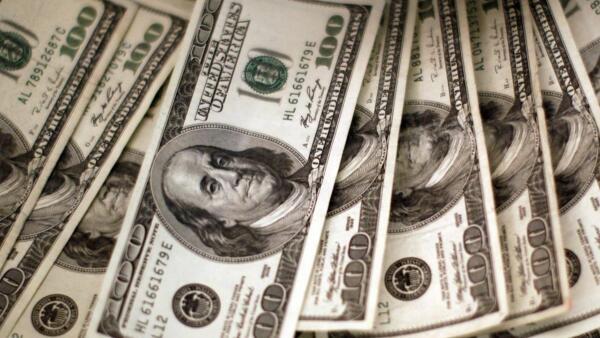
With prices soaring as US President Donald Trump’s high tariffs on imported gold bars shake established safe-haven markets and divert funds into the biggest cryptocurrency in the world, Bitcoin is rapidly nearing unknown territory.
Bitcoin’s position as “digital gold” is being redefined by a powerful combination of macroeconomic changes, institutional inflows, and governmental reforms that are pushing it to the forefront of global finance.
According to TradingView, Bitcoin surged more than 3.3% to $122,150 early Monday, edging nearer to its record high of $123,000 established earlier this summer. The rise followed Trump’s decision to slap a 39 per cent tariff on imported gold a move that disturbed bullion markets and triggered a flight of capital into digital assets immune to border levies, storage limits, and abrupt regulatory changes.
Trump announced a 90-day extension of the halt on tariffs against Chinese imports, postponing the August 12 deadline, concurrently with the shock of the gold tariff. Although the respite momentarily increased risk sentiment in larger markets, the hit to gold’s appeal as a crisis hedge was more significant for Bitcoin.
The change, according to analysts, is obvious. “Gold has served as a crisis hedge for many years,” stated Nigel Green, CEO of the international financial advice firm deVere. However, Bitcoin’s frictionless nature immune to taxes, borders, and legislative whims—becomes even more alluring when tariffs increase the price of a tangible asset.
Also Read:
PTSA’s Holistic Approach In Shaping The Future Of Football: Mohamad Adlouni









